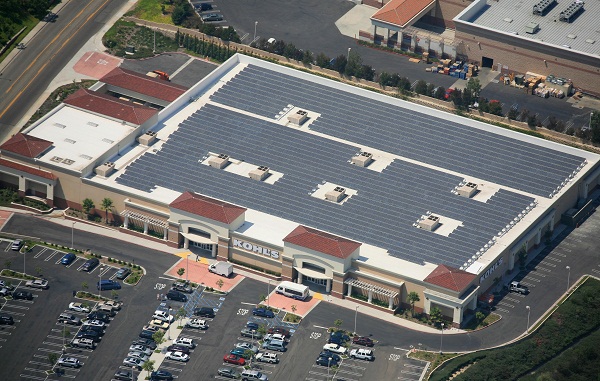Solar installations continued to hum along in the United States in the first three months of the year, with a quarterly record 506 megawatts (MW) of new photovoltaics capacity installed — an 85 percent increase over the first quarter of 2011.
That was the good news from the Solar Energy Industries Association (SEIA) in a statement ahead of the release of “U.S. Solar Market Insight: Q1 2012,” the quarterly industry report done with GTM Research. But while installers thrived, manufacturers suffered.

“U.S. solar panel manufacturers continue to face increased global competition and uncertainty surrounding global trade disputes,” SEIA said. “In Q1 2012, U.S. solar panel production amounted to just 160 MW compared to 335 megawatts in Q1 2011.”
This is the side of the story that Republican presidential candidate Mitt Romney focuses on, painting a picture of solar power as failing in the United States. Media infatuation with the Solyndra story has also lifted the profile of the struggling-solar meme. Yet while there are fewer solar panels being made in the United States, there are by orders of magnitude more panels being put on rooftops — leaving the broader U.S. solar industry thriving. That’s why big-money financiers are getting into the game: It’s a growth industry.
SEIA said the first quarter activity brought U.S. solar PV capacity to 4,427 MW. With concentrating solar power kicking in an additional 516 MW, the organization said, solar electric capacity reached 4,943 MW, enough to power 775,000 households, as of the end of March. In a surprise, New Jersey was the state leader in installations in the first quarter, with 174 MW of new capacity to best perennial leader California, at 148 MW.
“The U.S. solar industry continues to lead the U.S. out of difficult economic times,” Rhone Resch, president and CEO of SEIA, said in a statement. “Installations have grown by 85 percent in the last year. This growth is coming from consumers who are turning to solar to reduce their energy costs. In states across the country, Americans are waking up to the realization that putting solar on your home or business is a better investment than the stock market.”
Last year, as it lobbied for extension of the U.S. government’s 1603 Treasury Program, SEIA had suggested the industry could be hurt if the program — which allowed renewable energy developers to receive a grant for up to 30 percent of the cost of a project in lieu of claiming an energy tax credit — was not be extended beyond its Dec. 31, 2011, expiration date.
It wasn’t extended, but nevertheless, “2012 is shaping up to be another banner year for the U.S. solar market,” the SEIA said. The new quarterly report forecast installation of 3,200 MW of new capacity this year, a 75 percent increase over 2011’s record year “and 15 percent higher than previous annual forecasts for 2012,” the group said.
SEIA attributed the boost in the forecast to “accelerated timelines for large-scale utility projects, greater-than-expected first quarter growth in the New Jersey commercial market, the number of safe-harbored projects that will still qualify for the U.S. government’s expired 1603 Treasury Program, and overall positive outlooks for the California, Massachusetts, and Hawaii markets.”

The analysts now seem to be focusing their pessimism on 2013, while insisting the long-term prospects for U.S. solar are strong.
“We remain bullish in 2012 on all market segments in the U.S. and most of the 23 states we cover in this report,” said Shayle Kann, vice president at GTM Research. “However, 2013 is an open question. The impacts of an import tariff on solar cells imported from China, as well as the expiration of the 1603 Treasury Program, will be felt most next year. This could coincide with a trough of demand in New Jersey and California’s adjustment period into a post-California Solar Initiative (CSI) world to create a temporary slowing of growth. However, we expect the U.S. market to regain momentum thereafter and continue along its path to become a global PV market leader by 2015.”